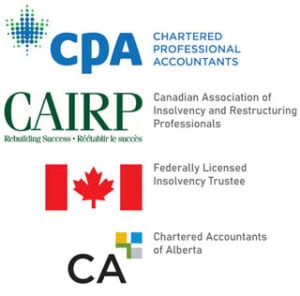HRDC PAYMENTS GENERALLY
HRDC over-payments typically represent amounts paid to or received by individuals who have receive Canada Emergency Relief Benefits, Employment Insurance, Disability and/or other similar benefit payments.
Over-payments generally arise when individuals have claimed and received these payments while they were ineligible, or where their entitlement was actually lower and the payments they received were larger than they should have been.
THE TREATMENT OF HRDC OVER-PAYMENTS DEPENDS ON HOW THEY ORIGINATED
If a person worked while at the same time they claimed and received Emergency Relief Benefits, Employment Insurance Benefits, or worked while receiving Disability Benefits, HRDC will proceed on the basis that these sums were obtained through fraud or misrepresentation.
Section 178 of the Bankruptcy and Insolvency Act provide that debts obtained by fraud or misrepresentation shall survive a person’s discharge from bankruptcy and that the creditor will be able to pursue and enforce their claim notwithstanding that a bankruptcy took place.
As proof of fraud or misrepresentation, HRDC will rely on the filing of false unemployment certifications or Employment Insurance claim forms or reports, or in the case of individuals on Disability, returning to work or working for cash without notifying HRDC of their change in circumstance.
As a general rule, if the error or over-payment was caused by HRDC, the debt does not survive bankruptcy. If it resulted from the filing of false benefit claims or failure to provide notice to HRDC, the over-payment is enforceable after bankruptcy.
THERE ARE DIFFERENT COMPONENTS TO AN HRDC DEBT
In some cases, HRDC will add interest and penalties, such that the balance they are seeking greatly exceeds the original over-payment.
There is an important distinction to make regarding the breakdown of the amounts owed. HRDC debts are usually comprised of three main categories:
1) Actual amounts received while ineligible (the Over-payment);
2) Interest charged on the Over-payment;
3) Penalties assessed on the Over-payment.
WHAT AMOUNTS ARE REPAYABLE, IF ANY?
Section 178 of the Bankruptcy and Insolvency Act limits the liability for repayment after bankruptcy to only the actual amounts received by an individual while ineligible. Interest and penalties are assessments and do not represent amounts which were overpaid to an individual. As such, the penalties and interest portions are not enforceable if a bankrupt receives his discharge from bankruptcy.
Depending on how long the HRDC liability has been outstanding, there may be a significant reduction in the claim, with the interest and penalties portions forgiven in a bankruptcy.
For further information on the treatment of HRDC over-payments, please do not hesitate to contact an Alberta Bankruptcy Trustee who can provide you with more detail and offer commentary on your specific situation.



